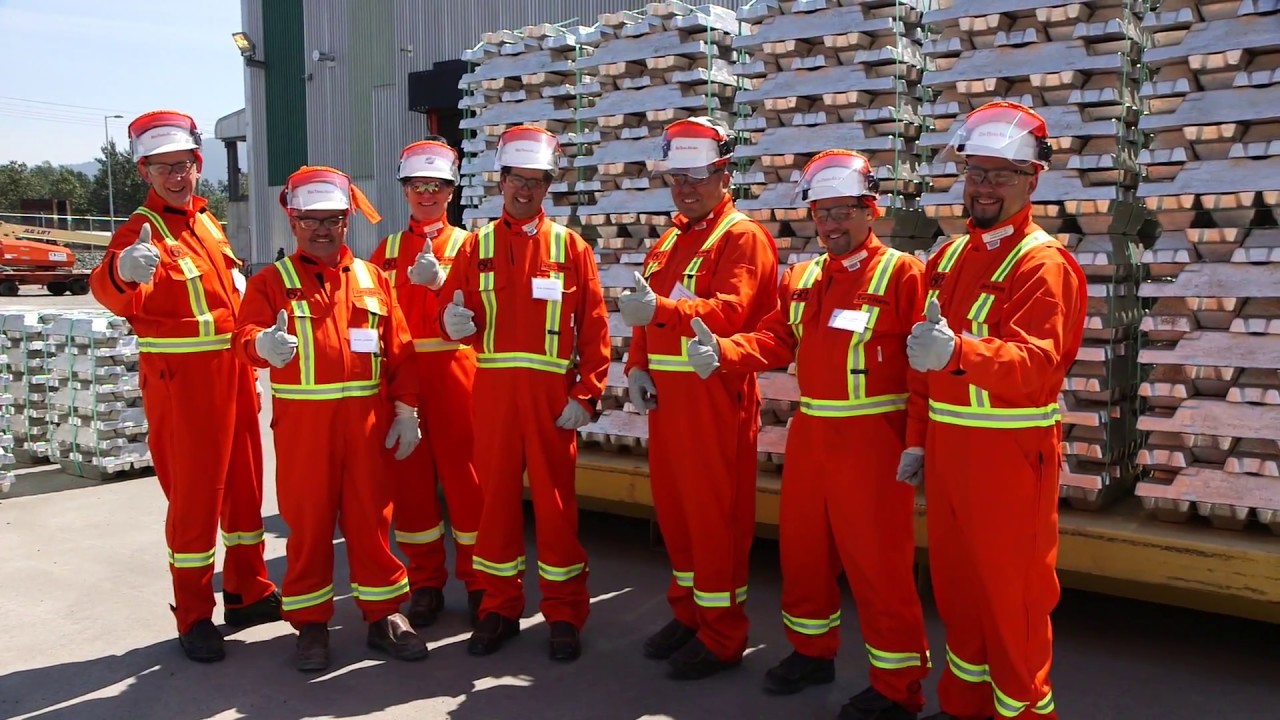

On Wednesday, July 19, Rio Tinto announced its second quarter’s operational results ended June 30, highlighting a 4 per cent increase in aluminium production Q-o-Q and an 11 per cent rise Y-o-Y to 814,000 tonnes, benefitted from the continued ramp-up of the Kitimat smelter. Rio’s Boyne and Kitimat smelters are progressing to resume their full capacity by the end of 2023.

The company’s total aluminium production in the first half of the year totalled 1.598 million tonnes, up by 9 per cent from last year. Rio Tinto has invested $1.1 billion, including $113 million from the Quebec government, into expanding the AP60 aluminium smelter equipped with low-carbon technology at Complexe Jonquière in Canada.
On the other hand, Rio Tinto’s bauxite production in H1 2023 fell by 8 per cent year-on-year to 25.6 million tonnes, in line with the drop in Q2 output by 5 per cent Y-o-Y to 13.5 million tonnes, attributed to adverse impacts on Weipa operations by higher-than-average rainfall in Q1. The production was further affected by equipment downtime at both Weipa and Gove. As a result, Rio expects its annual bauxite output to drop to the 54-57 million tonnes range in 2023.
However, on a quarter-on-quarter basis, Rio Tinto’s bauxite output in Q2 grew 12 per cent.
Rio Tinto also mentioned in the report that its all-injury frequency rate of 0.36 was a slight increase from the second quarter of 2022 (0.35). To curb this affair, Rio Tinto has started deploying the Safe Production System to its two sites, taking the total to 20 sites. The Safe Production System focuses on improving safety, strengthening employee engagement, and sustainably lifting operational performance across the company’s global portfolio.
Rio Tinto said it yielded a cash flow from an increase in working capital of approximately $0.9 billion in H1 2023.
Responses








